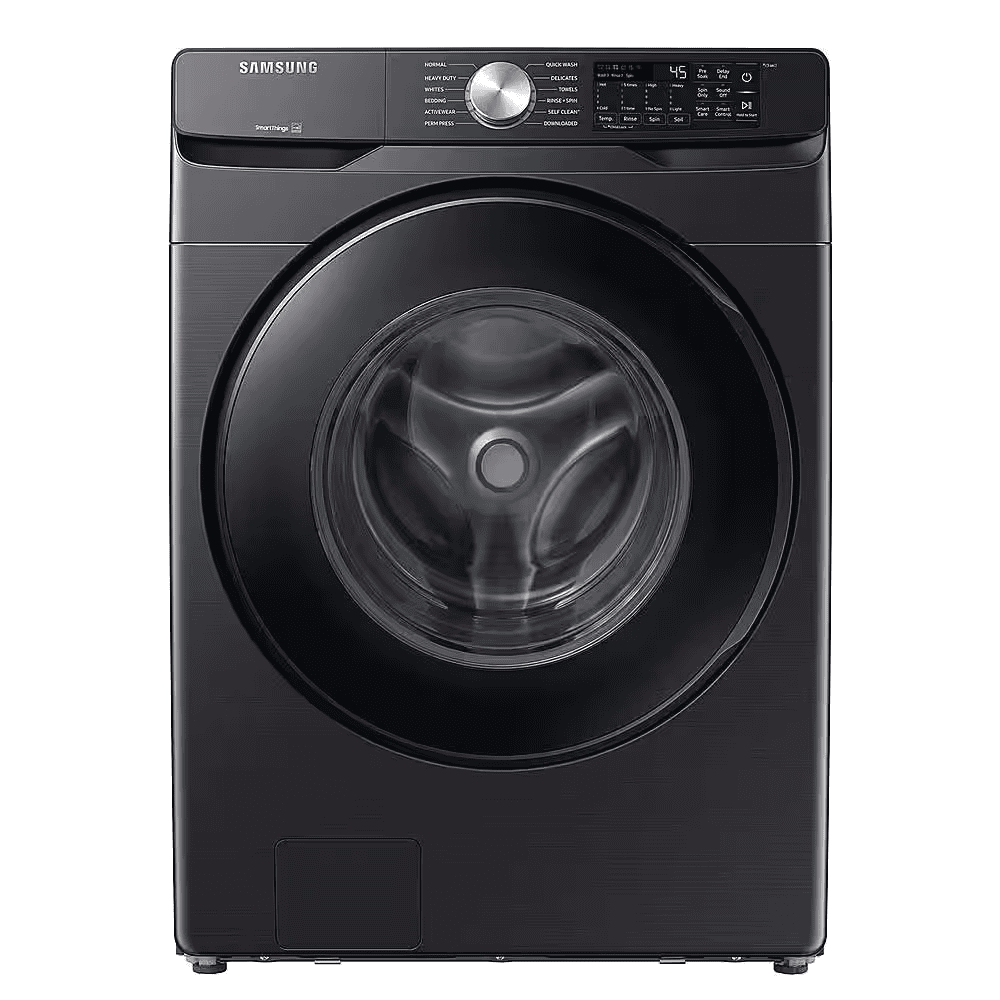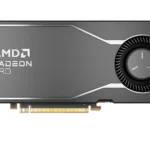Choosing the right washing machine can be a challenge. Many people struggle to find one that fits their space and meets their needs. The key is understanding washing machine dimensions.
Standard washing machines typically measure 27 inches wide, 39 inches tall, and 32-34 inches deep. These dimensions can vary based on the type and brand of washer. Top-load washers often have a taller height but shallower depth compared to front-load models.
Knowing the right size is crucial for your laundry area. It ensures the washer fits well and leaves enough space for loading and maintenance. Consider your laundry needs and available space when selecting a washing machine.
Washing Machine Dimensions: A Comprehensive Guide for Buyers
Buying a new washing machine involves more than just considering its features and efficiency. One crucial factor that often gets overlooked is the size and dimensions of the machine. A washer that doesn’t fit your space is a major headache. This guide will help you understand washing machine dimensions to ensure a perfect fit for your laundry room.
Standard Washing Machine Dimensions
While there are variations between models, here are the typical dimensions for standard top-load and front-load washers:
Top-Load Washers:
- Width: 27 to 30 inches
- Depth: 27 to 32 inches
- Height: 40 to 45 inches
Front-Load Washers:
- Width: 27 inches (standard)
- Depth: 29 to 34 inches
- Height: 38 to 40 inches
Compact Washing Machines
If you have limited space, consider a compact washer:
- Width: Around 24 inches
- Depth: Around 24 inches
- Height: 33 to 34 inches
Key Considerations
- Door Swing: For front-loaders, account for the door swing. Add an extra 10-12 inches to the depth measurement to allow for the door to open fully.
- Top Clearance: Leave at least 6 inches of clearance above the washer for loading and maintenance.
- Ventilation: Ensure adequate ventilation around the washer, especially for front-loaders, to prevent overheating.
- Connections: Measure the distance from the water supply lines and drain pipe to the washer location.
- Doorways and Hallways: Measure doorways and hallways to ensure the washer can be moved into its designated space.
Measuring Your Space
- Width: Measure the width of the space where you intend to place the washer.
- Depth: Measure the depth of the space, including any space needed for door swing or connections.
- Height: Measure the height of the space, leaving extra room for clearance.
Table of Typical Dimensions
| Washer Type | Width (inches) | Depth (inches) | Height (inches) |
|---|---|---|---|
| Top-Load | 27-30 | 27-32 | 40-45 |
| Front-Load | 27 | 29-34 | 38-40 |
| Compact | 24 | 24 | 33-34 |
Stackable Washers and Dryers
If space is at a premium, consider a stackable washer and dryer set. These units are designed to be stacked vertically, saving valuable floor space. Ensure you have enough vertical clearance for both units and that the dryer venting can be properly configured.
Key Takeaways
- Measure your laundry space before buying a washing machine
- Consider both the washer’s capacity and physical dimensions
- Choose a size that fits your space and meets your laundry needs
Washing Machine Types and Dimensions
Washing machines come in various sizes and types to fit different needs and spaces. The right choice depends on your laundry habits and home layout.
Compact Washing Machines
Compact washing machines are perfect for small homes or apartments. They usually measure 24 inches wide, 33-36 inches tall, and 24-26 inches deep. These machines can fit in tight spaces like closets or under counters.
Compact washers often have smaller capacities. They can wash about 6-8 pounds of clothes per load. This size works well for single people or couples.
Some compact models are portable. You can roll them to a sink and hook them up when needed. This is great for renters who can’t install a permanent washer.
Standard and Large Capacity Machines
Standard washing machines are typically 27 inches wide, 39 inches tall, and 32-34 inches deep. They fit well in most laundry rooms or basements.
Large capacity washers have the same width but may be taller or deeper. They can wash up to 20 pounds of laundry at once. This is ideal for big families or those who do lots of laundry.
Front-load and top-load options are available in standard sizes. Front-loaders use less water but need space to open the door. Top-loaders are easier to load but may use more water.
Special Features and Installation
Modern washers come with many features. Some have steam cleaning or sanitize cycles. Others offer Wi-Fi connectivity to control the washer from your phone.
Stackable washers and dryers save space. They’re great for small homes. Make sure you have enough vertical space for stacking.
All-in-one washer-dryers combine both functions in one unit. They’re compact but may take longer to dry clothes.
When installing a washer, check the space. You need room for hoses and vents. Also, make sure your floor can support the weight of a full washer.
Selecting the Right Washer and Dryer
Choosing the perfect washer and dryer depends on your space and laundry needs. Let’s explore how to assess your laundry area and determine the right capacity for your household.
Assessing Your Laundry Space
Measure your laundry area carefully before buying new machines. Standard washers and dryers are 27 inches wide. They’re usually 31-33 inches deep and 36-39 inches tall.
Check the available vertical space if you plan to stack units. Stacked laundry centers can save floor space in small rooms.
Consider door swing and hose connections. Front-loading washers need room to open their doors. Make sure there’s space for water hookups and vents.
Understanding Capacity Needs
Washer capacity is measured in cubic feet. Medium and large capacity washers range from 3.5 to 5 cubic feet. These sizes fit most households.
Think about your typical laundry loads. A family of four might need a larger capacity than a single person. Here’s a quick guide:
- Small (2.5-3.4 cu ft): 1-2 people
- Medium (3.5-4.4 cu ft): 3-4 people
- Large (4.5+ cu ft): 5+ people
Count your bath towels and bedding. Larger items need more space. A big washer can clean a king-size comforter easily.
Choose a dryer slightly larger than your washer. This ensures all wet clothes fit and dry quickly.
Frequently Asked Questions
Washing machine dimensions vary based on the type and model. Let’s explore some common questions about washer sizes and space requirements.
What are the typical dimensions for a front-loading washing machine?
Front-loading washers usually measure 27 inches wide, 32-34 inches deep, and 39 inches tall. These sizes can change slightly depending on the brand and model. Always check the specs before buying.
How much clearance is needed around a washing machine for proper ventilation?
Most washers need 1-3 inches of space on each side and 4-6 inches at the back. This allows for proper air flow and access to connections. Check your model’s manual for exact requirements.
What is the average size of a top-loading washing machine?
Top-loading washers are typically 27-28 inches wide and 36-40 inches tall. Their depth ranges from 27-32 inches. These machines are often taller than front-loaders but have similar widths.
How do the dimensions of compact washers differ from standard sized washing machines?
Compact washers are smaller than standard models. They’re usually 24 inches wide 33-34 inches tall and 24-25 inches deep. These fit better in tight spaces like apartments or small laundry rooms.
What are the standard dimensions for washers in a washer-dryer combo?
Washer-dryer combos tend to be similar in size to standard washers. They’re usually 27 inches wide 75-80 inches tall and 32-34 inches deep. The extra height accounts for the stacked dryer unit.
Are the dimensions of a washing machine’s exterior indicative of its drum capacity?
Exterior size doesn’t always reflect drum capacity. Some machines use space more efficiently. Check the cubic foot capacity listed in the specs to compare drum sizes accurately.







